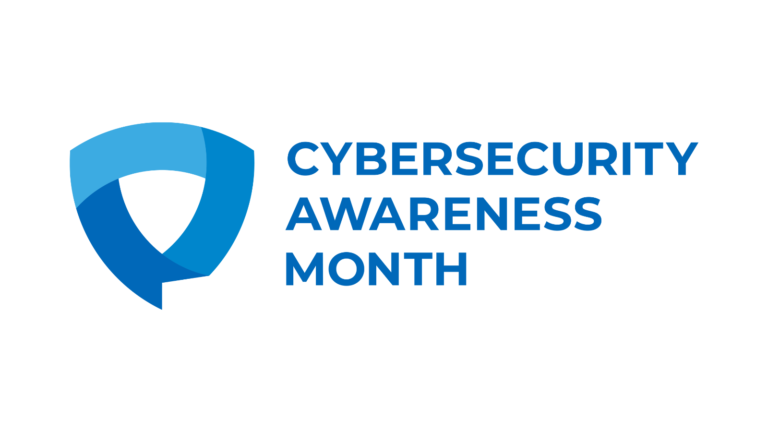We asked our champions for their best advice on Improving Identity Insights with Artificial Intelligence and Machine Learning. See below for their responses and we’d love to hear your perspective, too! Share your response on Twitter and join us in raising awareness of the importance of identity management and securing digital identities by sharing all of your best practices and advice on Twitter or LinkedIn using #BeIdentitySmart.
#BeIdentitySmart Week aims to spotlight the importance of identity security as part of Cybersecurity Awareness Month. Each day during the week we will focus on a specific aspect of identity security, posting blogs from the IDSA and the identity and security community, as well as crowdsourced advice from our Identity Management Champions.
“In today’s technology environments, we are faced with a constant evolution of hybrid ecosystems. This can result in an overload of telemetry data, which in turn presents security challenges to today’s businesses. Such challenges are calling for adaptable and scalable solutions centered on the universal threads of identity and data. While Machine Learning and Artificial Intelligence are frequently cited to be used to target tactical efforts, the adaptation of this technology needs to evolve further.
Machine Learning and AI can be leveraged further, to drive risk posture enhancements by compounding risk indicators, based on aggregated identity activity and authorizations. By doing this, companies can enhance analytics and precision when quantifying factors necessary for strategic investments and OpEx,by leveraging risk impact and identity threats and as a focal point. As such there is an opportunity to leverage ML/AI to strategically optimize business risk management and technology risk costs.”
– Jaymin Shah CTO; Jon Shende Co-Founder, MyVayda.com
“To effectively leverage AI and ML, identity security leaders must first learn to trust the insights that come from AI and ML tools. To do so, they should start by using AI and ML to provide recommendations on what actions to take and why so that identity security best practices can then be implemented. Once trust and process has been established, to modernize identity security, security and governance solutions should leverage AI and machine learning to allow practitioners and administrators to put the solutions into autopilot unless something requires human intervention, such as anomalous behavior.”
– Rod Simmons, vice president of product strategy, Omada
“Identity insights using artificial intelligence (AI) and machine learning (ML) technology will help fill the gap between extensive threat hunting and pattern-based recognition technology widely used today. If designed and implemented correctly, AI and ML technologies promise improvements in identity provisioning, role-based access control, and in identifying and preventing inappropriate behavior or activity by an identity. This alludes to two different benefits from an AI/ML implementation. The first benefit involves improving the controls around identity management, while the second involves improving threat detection and response.”
– Morey Haber, CISO, BeyondTrust
“The cybersecurity solution of the future is one that is powered by real-time identity network data. A solution that gathers data from hundreds of thousands—and eventually millions—of websites and apps, in addition to millions of user profiles and billions of user interactions, can provide FAAMG-level fraud protection to companies of any size. With account takeover fraud expected to triple over the next five years, and more users online due to the pandemic, it’s more imperative than ever to identify and neutralize threats expeditiously. And by expeditiously, I mean before attacks happen. Preemptive is the only acceptable speed in today’s online landscape.”
– Ari Jacoby, CEO, Deduce
“Organizations must be realistic about what tasks their security and IT teams can manually complete each day. Leaders should leverage AI/ML to automate some of these manual tasks and processes to ease the burden on security staff – providing more time to focus on higher-impact and higher-priority initiatives. By taking into account different organizational policies and controls along with user activity, it is possible that these AI/ML tools can deliver data-driven predictions and suggestions to streamline the identity management process and significantly reduce security vulnerabilities.”
– Yash Prakash, Chief Strategy Officer, Saviynt






